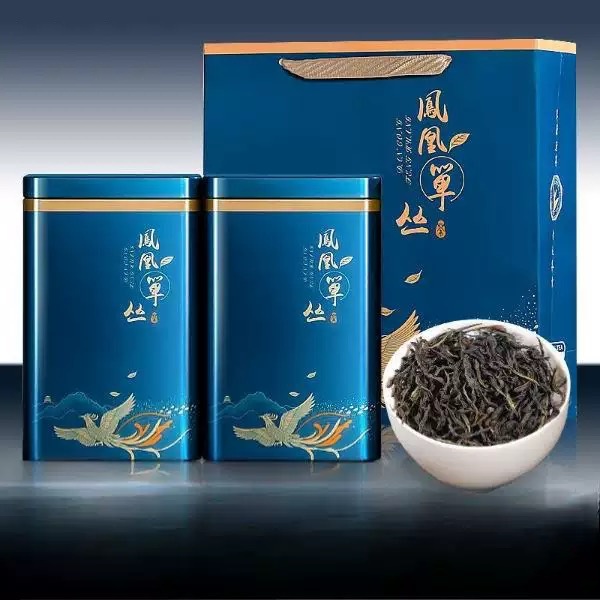Oolong Tea Tasting Guide: Discover the Art and Flavors

# Oolong Tea Tasting Guide: Discover the Art and Flavors
## Introduction to Oolong Tea
Oolong tea, often referred to as “the champagne of teas,” is a partially oxidized tea that sits between green and black tea in terms of processing and flavor profile. Originating from China and later perfected in Taiwan, oolong tea offers a diverse range of flavors, aromas, and textures that make it a favorite among tea connoisseurs.
## The Art of Oolong Tea Tasting
Tasting oolong tea is an experience that engages all your senses. Unlike casual tea drinking, proper oolong tea tasting involves a mindful approach to appreciate its complexity fully.
### Step 1: Observe the Dry Leaves
Before brewing, examine the dry leaves:
– Shape: Oolong leaves can range from tightly rolled balls to long, twisted strands
– Color: Look for variations from deep green to dark brown
– Aroma: Gently inhale to detect floral, fruity, or toasty notes
### Step 2: Prepare for Brewing
Use these guidelines for optimal brewing:
– Water temperature: 185-205°F (85-96°C)
– Tea-to-water ratio: 1 teaspoon per 6-8 oz of water
– Brewing vessel: Gaiwan or small teapot preferred
## The Tasting Process
### Step 3: First Infusion
Pour hot water over the leaves and steep for:
– Light oolongs: 1-2 minutes
– Dark oolongs: 2-3 minutes
Observe the liquor color which can range from pale yellow to deep amber.
Keyword: Oolong Tea Tasting
### Step 4: Engage Your Senses
1. Aroma: Inhale deeply before sipping
2. Taste: Let the tea coat your entire mouth
3. Mouthfeel: Notice the texture – is it creamy, buttery, or crisp?
4. Aftertaste: Pay attention to the lingering flavors
## Common Oolong Flavor Profiles
Oolong teas can be broadly categorized by their oxidation levels:
### Light Oolongs (10-30% oxidation)
– Floral notes (orchid, lilac)
– Fruity tones (peach, apricot)
– Fresh, green character
### Medium Oolongs (30-50% oxidation)
– Balanced floral and roasted notes
– Honey or caramel undertones
– Fuller body than light oolongs
### Dark Oolongs (50-70% oxidation)
– Toasty, woody flavors
– Dark fruit notes (raisin, plum)
– Often mineral or earthy
## Advanced Tasting Techniques
For experienced tasters looking to deepen their appreciation:
### Multiple Infusions
Oolong leaves can typically be steeped 5-8 times. Notice how the flavor evolves with each infusion.
### Temperature Play
Experiment with slightly different water temperatures to bring out different flavor notes.
### Comparative Tasting
Taste different oolongs side by side to better understand their unique characteristics.
## Pairing Oolong Tea with Food
Enhance your tasting experience with these pairing suggestions:
– Light oolongs: Pair with delicate desserts or fresh fruit
– Medium oolongs: Complement with roasted vegetables or mild cheeses
– Dark oolongs: Match with rich chocolate or grilled meats
## Conclusion
Oolong tea tasting is a journey of discovery that rewards patience and attention to detail. As you explore different varieties and brewing methods, you’ll develop a deeper appreciation for this remarkable tea category. Remember that the best oolong is the one you enjoy most – let your personal preferences guide your tasting adventures.